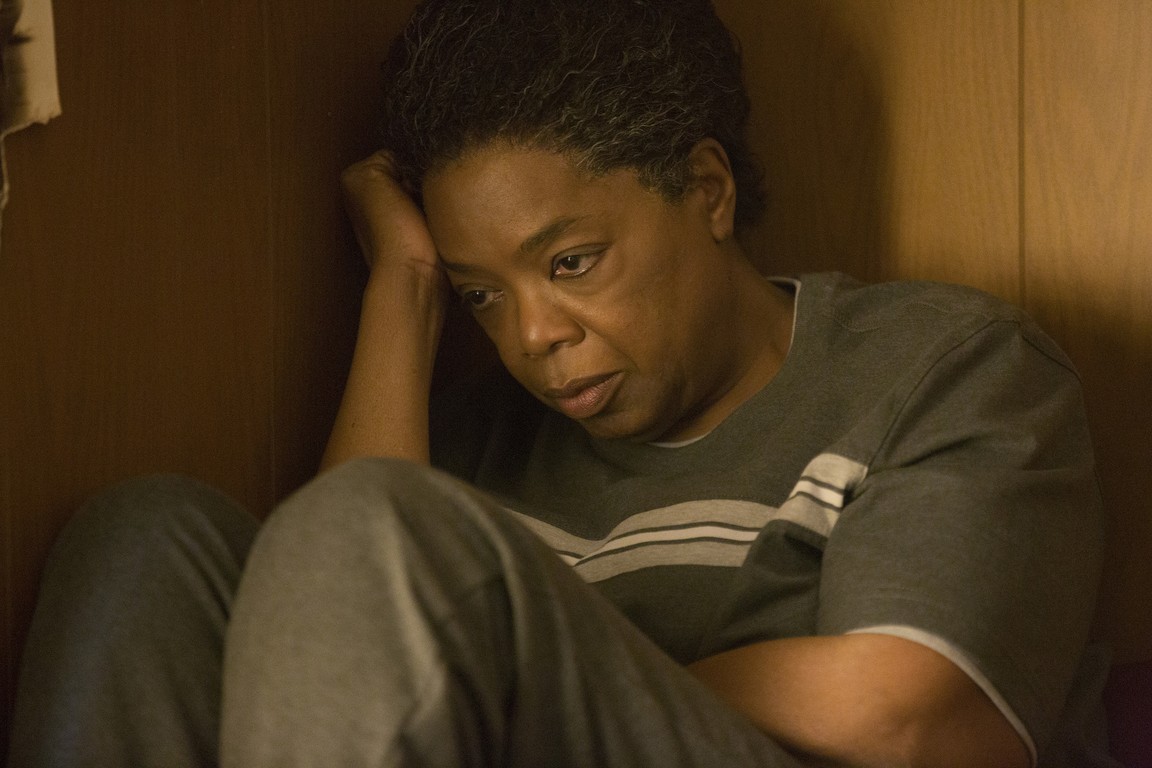

After years of being taken advantage of and condescended to by con artists and doctors (who were conducting blood tests on Henrietta’s descendants to further their research), Deborah has little trust or good will left for strangers interested in her mother.Īfter so much disappointment, Skloot arrives, professing honest motives. As an adult, she learned that her mother’s cells were donated without her consent, which led her family to seek restitution and compensation for Henrietta’s donation-to no avail. Only a few years old when her mother died, Deborah endured poverty and abuse for much of her young life. Not wanting to make Skloot the protagonist of the movie, Wolfe shifts much of his attention to Deborah, who’s in her 50s and saddled with a host of ailments, both physical and emotional. Eventually, Skloot gets a hold of Lacks’s daughter Deborah, played by Winfrey, and their complicated relationship goes on to form the narrative backbone of the film.

Skloot seems aware of her fraught position as an outsider-there are unavoidable white-savior overtones to her mission of telling Lacks’s story to the world, a fact the film doesn’t shy away from (Skloot herself is a co-executive producer on the project). Rose Byrne plays Skloot, a young, white journalist from Portland trying to get in touch with Lacks’s children and siblings 40 years after her death for a book she wants to write about Henrietta’s life. But The Immortal Life of Henrietta Lacks doesn’t make the wisest use of its time in the occasionally meandering narrative that follows, a shame given the enormity of the life it aims to unpack. It makes sense, of course, to start with a quick overview and fill in more details later. Take the first four minutes, when the film tries to condense 60 years of history into a breezy montage of old-timey reenactments, photographs, newspaper clippings, and animated timelines. Regardless of how familiar the viewer is with Lacks-and the complex intersection of family history, race, and medical ethics her story embodies-it feels as though plenty of important context has been left out or given too little space.
#Watch the immortal life of henrietta lacks 2017 movie#
What If Everyone Ate Beans Instead of Beef? Tynesha Foreman, Alice Roth, and Brianna Presseyīut at just 92 minutes in length, Wolfe’s movie is at one immediately obvious disadvantage. Wolfe and starring Oprah Winfrey, aims to bring that story to an even wider audience by focusing on the more personal, and less scientific, elements of Skloot’s book. Now, the HBO film adaptation, directed by George C. The book documents Skloot’s efforts to track down Lacks’s family to learn more about the woman herself, whose identity had been obscured for decades while companies profited off her cells. The story of Lacks, her cells, and her family came to mainstream recognition when the writer Rebecca Skloot published her runaway bestseller The Immortal Life of Henrietta Lacks in 2010. This immortal cell line, dubbed “HeLa” (for Henrietta Lacks), allowed scientists to carry out experiments they couldn’t perform on a living person, effectively leading to the birth of the biomedical industry. To their delight, doctors found that Lacks’s cells could do something they’d never seen before: They could survive and reproduce in a laboratory indefinitely. She sought treatment from a then-segregated Johns Hopkins Medical Center in Baltimore, where a piece of her tumor was removed without her knowledge for ongoing research.

In 1951, a 31-year-old African American woman named Henrietta Lacks learned she was dying of cervical cancer. In the first moments of the HBO film The Immortal Life of Henrietta Lacks, you learn about the miraculous clump of cells that changed medical science forever before really learning about the person who made and was killed by them.


 0 kommentar(er)
0 kommentar(er)
